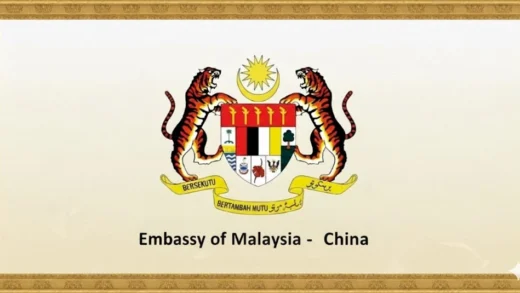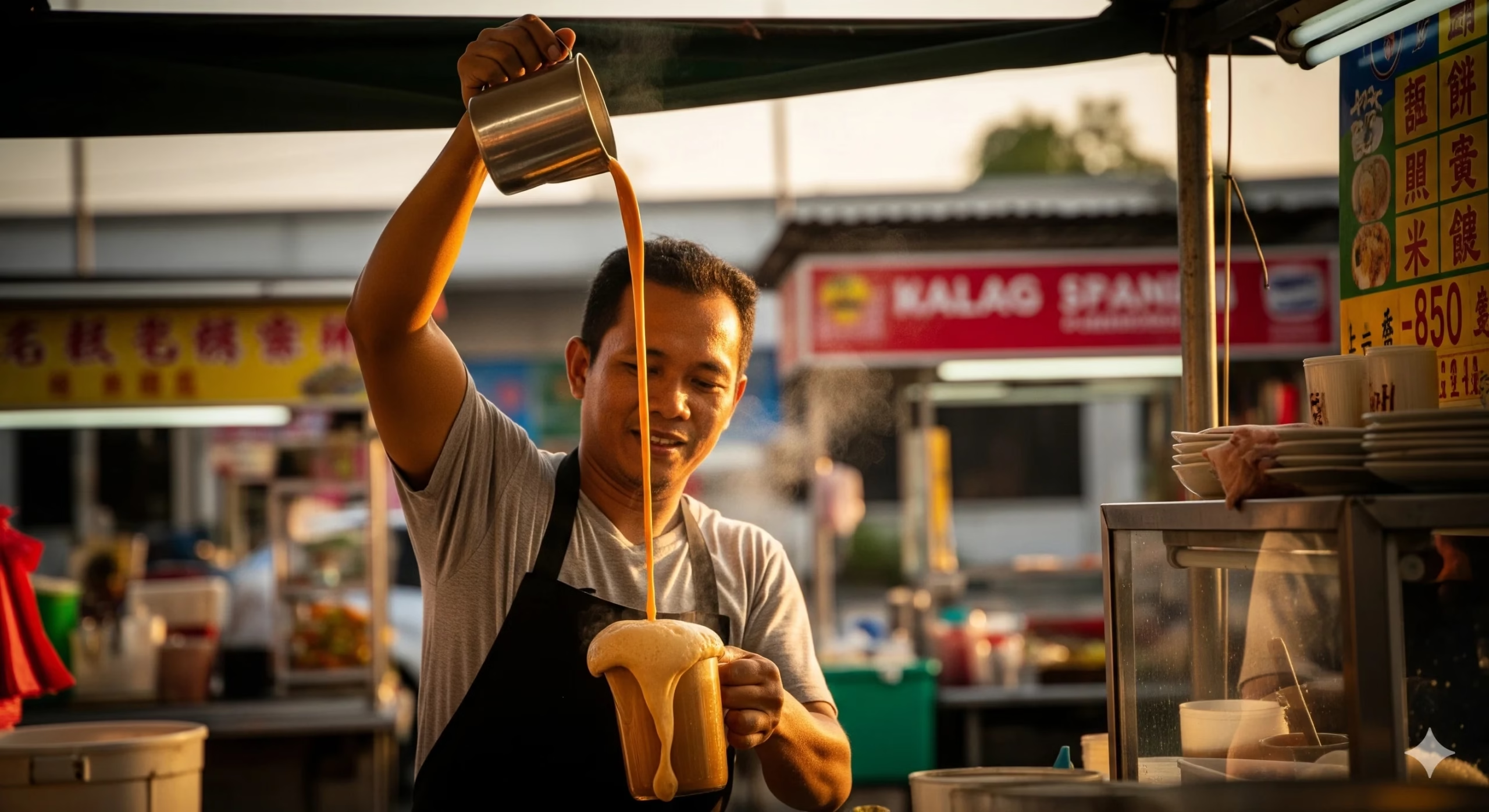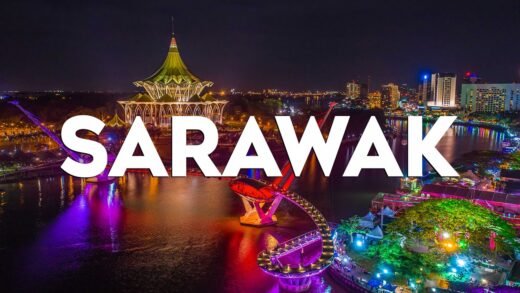Deepavali Fashion Trends in Malaysia

Introduction: The Festival of Lights and Its Cultural Essence
Deepavali, or Diwali, known as the Festival of Lights, holds immense significance for the Indian community in Malaysia. It symbolizes the triumph of light over darkness and good over evil. Over the years, Deepavali traditions in Malaysia have evolved into a beautiful blend of spirituality, family bonding, and vibrant fashion. The celebration extends beyond the Indian community, inviting Malaysians of all backgrounds to join in the festivities with open houses, feasts, and colourful attire.
This article explores Malaysian Deepavali history and culture, its customs, foods, and — most importantly — the Deepavali fashion trends in Malaysia, where tradition meets contemporary style.
The Origins of Deepavali in Malaysia
Malaysian Deepavali History and Culture
The roots of Deepavali in Malaysia trace back to the arrival of Indian migrants during the British colonial period. Tamil labourers brought their rich traditions, rituals, and attire, establishing temples and cultural practices across the country. Over time, the celebration became an integral part of Malaysian society, merging Indian customs with local influences.
Today, Deepavali is celebrated with great enthusiasm in Penang, Kuala Lumpur, Johor, and Ipoh, where temple ceremonies, cultural performances, and open houses bring communities together.
The Malaysian Indian festival celebrations highlight unity and inclusivity — values at the heart of Deepavali.
The Significance of Deepavali in Malaysian Life
Faith and Rituals
Deepavali begins with prayers and rituals to honour deities such as Lord Ganesha and Goddess Lakshmi. Devotees clean and decorate their homes, light oil lamps (diyas), and create kolam (rangoli) designs at their doorsteps to invite prosperity and good fortune.
Families visit temples like Batu Caves and Sri Mahamariamman Temple in Kuala Lumpur, where vibrant pujas and cultural performances take place. These temples become the spiritual epicentres of Deepavali traditions in Malaysia.
Community and Togetherness
Across Malaysia, families host open houses, welcoming friends and neighbours from all backgrounds to share festive meals. This cross-cultural harmony is one of the unique aspects of Malaysian Indian festival celebrations, showcasing Malaysia’s multicultural spirit.
Regional Deepavali Celebrations Across Malaysia
Kuala Lumpur
Home to the grand Sri Mahamariamman Temple, KL’s Brickfields (“Little India”) glows with colourful lights and bustling bazaars selling sarees, jewellery, and sweets. Fashion-forward celebrations here combine traditional elegance with modern flair.
Penang
Known for its deep South Indian roots, Penang celebrates with temple festivities, music, and classical dance. Locals wear bright silk sarees and traditional gold jewellery, reflecting rich Tamil heritage.
Johor
In Johor, open houses and neighbourhood events reflect the state’s cultural diversity. Fashion here is more casual yet elegant, blending Indo-Western outfits for comfort during warm weather gatherings.
Ipoh
Celebrations in Ipoh are intimate, family-oriented, and steeped in tradition. Homes are decorated with lamps, garlands, and kolam, while families don their finest traditional attire for temple visits and prayers.
If you’re wondering where to celebrate Deepavali in Malaysia, these regions promise a unique mix of faith, fashion, and festivity.
Traditional Deepavali Foods, Sweets, and Decorations
Festive Foods
Deepavali in Malaysia wouldn’t be complete without a spread of mouth-watering dishes like:
- Murukku – crunchy rice flour spirals
- Vadai – savoury lentil fritters
- Biryani – aromatic rice cooked with spices and vegetables
- Sambar & Rasam – staple South Indian curries
Sweets (Mithai)
- Laddu, Mysore Pak, Gulab Jamun, and Jalebi adorn every festive table, symbolizing sweetness and prosperity.
Decorations
Homes are lit with oil lamps and adorned with flower garlands, kolam art, and fairy lights, symbolizing light’s victory over darkness. These elements create a welcoming atmosphere for guests and deities alike.
Deepavali Fashion Trends in Malaysia: The Heart of Celebration
Deepavali is as much about spiritual reflection as it is about vibrant self-expression through clothing. Each year, fashion trends evolve — blending timeless elegance with contemporary chic.
1. Traditional Elegance
- Sarees: The Kanchipuram (Kanjivaram) silk saree remains the ultimate symbol of grace. Popular colours include deep maroon, royal blue, and gold.
- Salwar Kameez & Anarkali Suits: Ideal for temple visits or family gatherings, these provide comfort without compromising on style.
- Men’s Traditional Wear: Kurta-pyjamas, sherwanis, and veshtis (dhotis) are staple choices for men celebrating Deepavali across Malaysia.
2. Modern & Indo-Western Fusion
- Saree Gowns and Dhoti Pants are increasingly popular among younger Malaysians seeking a stylish twist on tradition.
- Mix-and-Match Kurtas with jeans or skirts offer versatility for casual celebrations.
- Men’s Indo-Western Attire such as Nehru jackets and bandhgalas add sophistication.
3. Colours & Fabrics
Recent years have seen a shift from bright primaries to pastel palettes, handwoven silks, and eco-friendly materials. Lightweight fabrics like chiffon and linen are ideal for Malaysia’s tropical climate.
4. Jewellery & Accessories
- Temple Jewellery with motifs of gods and goddesses remains timeless.
- Minimalist Gold and Silver Designs appeal to modern tastes.
- Floral Accessories, bindi, and henna complete the festive look.
5. Sustainable Fashion Movement
An emerging trend is sustainability — with more Malaysians embracing handloom fabrics, artisan-made outfits, and recycled embellishments to promote eco-conscious celebrations.
How to Choose the Perfect Deepavali Outfit
- Match the Occasion – Opt for traditional wear during temple visits and elegant fusion attire for evening gatherings.
- Comfort Comes First – Choose breathable fabrics suited for Malaysia’s humid climate.
- Coordinate as a Family – Matching colours or complementary tones are trending for family portraits.
- Shop Local – Support local boutiques in Brickfields, George Town, and Little India districts for authentic fabrics and craftsmanship.
- Consider Rentals – Designer outfit rentals are increasingly popular, offering a sustainable way to celebrate in style.
Temples That Define Deepavali in Malaysia
- Batu Caves, Selangor – Hosts massive Deepavali gatherings, drawing thousands of devotees.
- Sri Mahamariamman Temple, Kuala Lumpur – The country’s oldest Hindu temple, famous for its intricate gopuram and festive events.
- Arulmigu Balathandayuthapani Temple, Penang – Offers breathtaking views and cultural rituals during Deepavali week.
These temples form the spiritual core of Deepavali traditions in Malaysia, uniting faith, culture, and fashion in one radiant celebration.
Conclusion: Celebrating Light and Style
Deepavali in Malaysia is more than just a religious festival — it’s a celebration of unity, identity, and renewal. From dazzling temple rituals to Deepavali fashion trends in Malaysia that merge tradition with innovation, the festival continues to evolve while staying rooted in faith and family.
Whether you’re exploring Malaysian Indian festival celebrations, savouring festive sweets, or deciding where to celebrate Deepavali in Malaysia, the season offers endless opportunities to embrace light, culture, and style.





Comments are closed.